Carmo Convent Ruins
Legacy of the earthquake that nearly wiped Lisbon off the face of the Earth.
“Come, ye philosophers, who cry, ‘All’s well,’ and contemplate this ruin of a world.” -Voltaire, 1756
One of the deadliest earthquakes in history struck Lisbon on All-Saint’s Day, November 1, 1755. The city was all but destroyed, and the ancient Carmo convent and church lay in ruins, its library of 5000 books destroyed.
Today the ruined arches stand in the middle of the rebuilt city as a reminder of the worst day in Lisbon’s history.
The magnitude 9 earthquake struck at about 9:30 am on the Saturday morning, tearing wide gashes in the earth. Because it was All Saints Day, the churches were full and homes were lit with candles. The tremor was followed by a series of devastating tsunamis and five days of raging fires which devoured the buildings left standing. It was one of the deadliest quakes in history, leaving an unknown total number dead (usually named as about 60,000 people though estimates range from 10,000 - 100,000), and 85% of the city in total ruins.
The tragedy rocked Europe. Lisbon was a major city and seaport, home to the famous navigators of the great Age of Discovery, and among the oldest continually settled cities on Earth. The earthquake and fires destroyed more than just homes, it took out the royal palace, destroyed the opera house, cathedral, and library. It incinerated most of the maps and journals of the great explorers, and countless works of art. Survivors lived in tent cities in the outskirts of town, traumatized and too terrified to return to the city center, given over to looters and the dead.
King Joseph I and his family survived to flee the city as well. The king’s resulting fear of confined spaces stayed with him for the rest of his life, and the royal court remained in an elaborate version of a tent city until his death.
The earthquake inspired a frenzy of philosophical and religious soul searching, and some famous battles of wits. Voltaire, horrified by the tragedy and annoyed by religious accusations that Lisbon had been leveled in an act of divine retribution for the lewd lifestyles of its citizens, wrote his “Poem on the Disaster in Lisbon” in 1756. The poem reads, in part:
“What crime, what sin, had those young hearts conceived That lie, bleeding and torn, on mother’s breast? Did fallen Lisbon deeper drink of vice Than London, Paris, or sunlit Madrid?”
His vitriol was directed particularly towards the (long-dead) philosopher and mathematician Gottfried Wilhelm Leibniz, who subscribed to a theory that God, being all powerful and all knowing, had created the best of all possible worlds and everything that happens in it - earthquakes included - are a part of his master plan.
In 1759 Voltaire added to his arguments with his satirical book “Candide” or “Optimism.” The story follows an eternally optimistic young protagonist up against all of the worst the world has to offer including bearing witness to the horrors of the earthquake - inspiring Candide to ask, “If this is the best of all possible worlds, what are the others like?”
In Lisbon, life eventually went on. Most of the city was rebuilt, the rubble cleared, and new buildings started. The new Pombaline architecture was named for the practical Prime Minister, the Marquis of Pombal, who immediately turned his energies to rebuilding the city with the famous statement of his plan of action: “Bury the dead and feed the living.”
The distinctively modern buildings in the Baixa Pombalina area are considered to be some of the first seismically sound constructions in the world. The Carmo convent which had stood in the center of Lisbon since 1389 was intentionally left roofless as a reminder of the disaster. The property now houses the Museu Arqueológico do Carmo, or Carmo Archaeological Museum, a small archaeological museum dedicated to Portuguese history.
Know Before You Go
The Carmo Convent is only one minute away from Santa Justa Elevator.
Community Contributors
Added by
Edited by
The Atlas Obscura Podcast is Back!























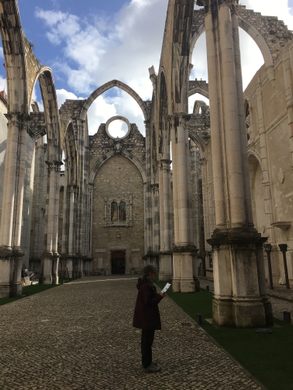






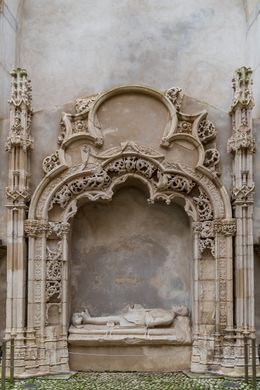















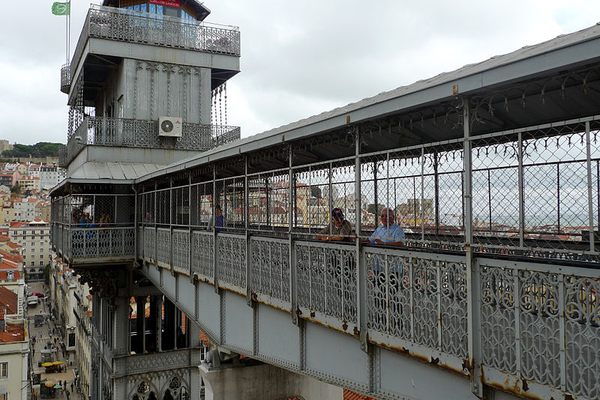




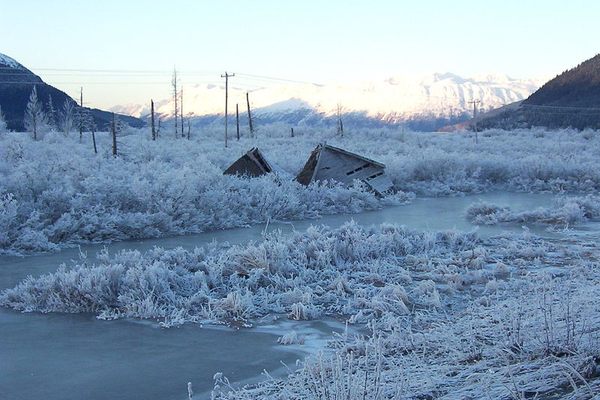

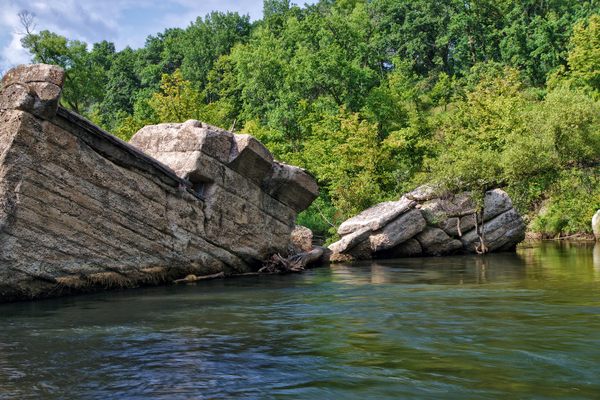

Follow us on Twitter to get the latest on the world's hidden wonders.
Like us on Facebook to get the latest on the world's hidden wonders.
Follow us on Twitter Like us on Facebook